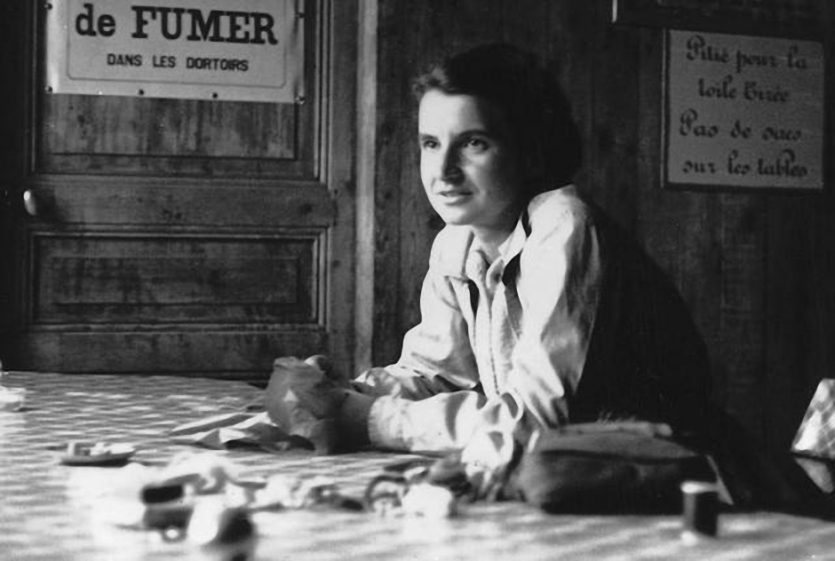Throughout history, women have made significant contributions to science and technology. In a world dominated by male inventors, these women have challenged stereotypes and paved the way for future generations. Here, we highlight ten female inventors who have changed our lives and made a lasting impact on the world.
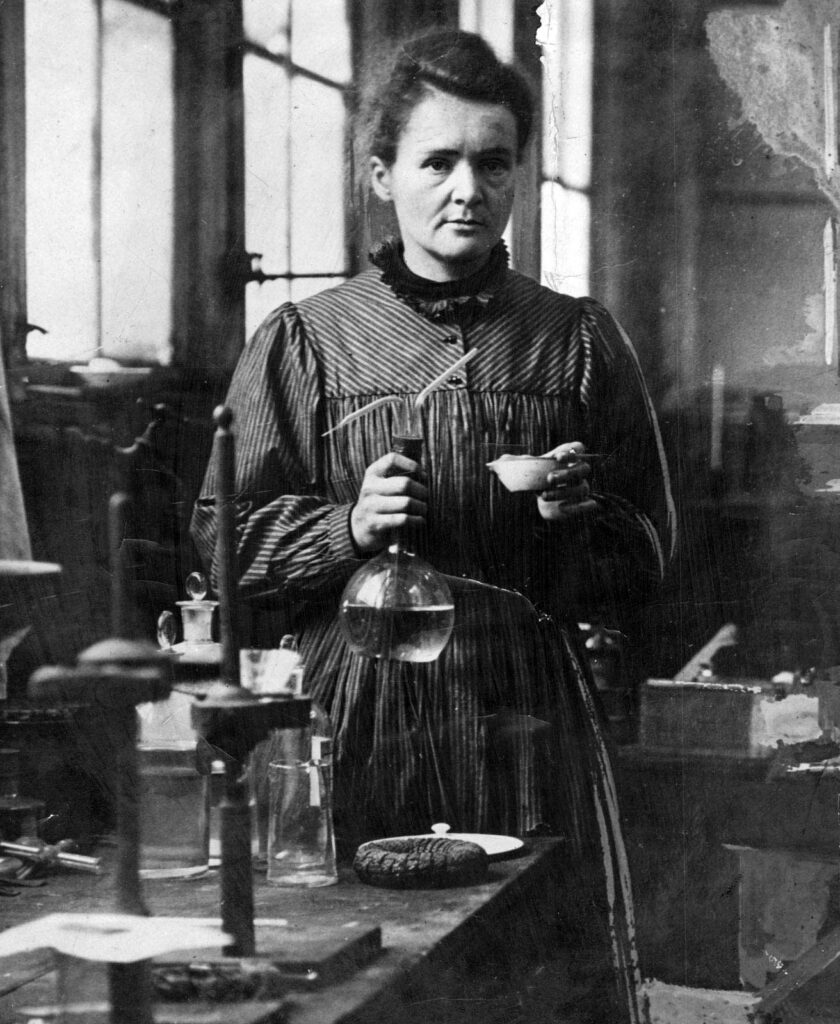
Marie Curie
Marie Curie was a Polish-born physicist and chemist who was awarded the Nobel Prize in Physics in 1903 and the Nobel Prize in Chemistry in 1911. She was the first woman to receive a Nobel Prize and the first person to receive two Nobel Prizes in different fields. Curie’s work on radioactivity led to the discovery of radium and polonium, and her research revolutionized the field of nuclear physics. She remains one of the most influential scientists of all time.
Grace Hopper
Grace Hopper was an American computer scientist and United States Navy rear admiral. She was one of the first programmers of the Harvard Mark I computer and co-developed the first compiler, a software that translates code into machine language. Hopper also invented the first computer bug, which she found in 1947 when a moth became trapped in a relay. She is credited with popularizing the term “debugging.”
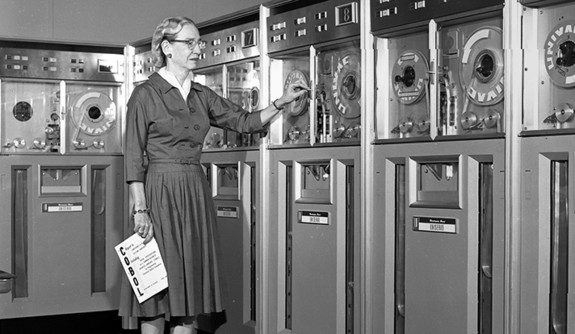
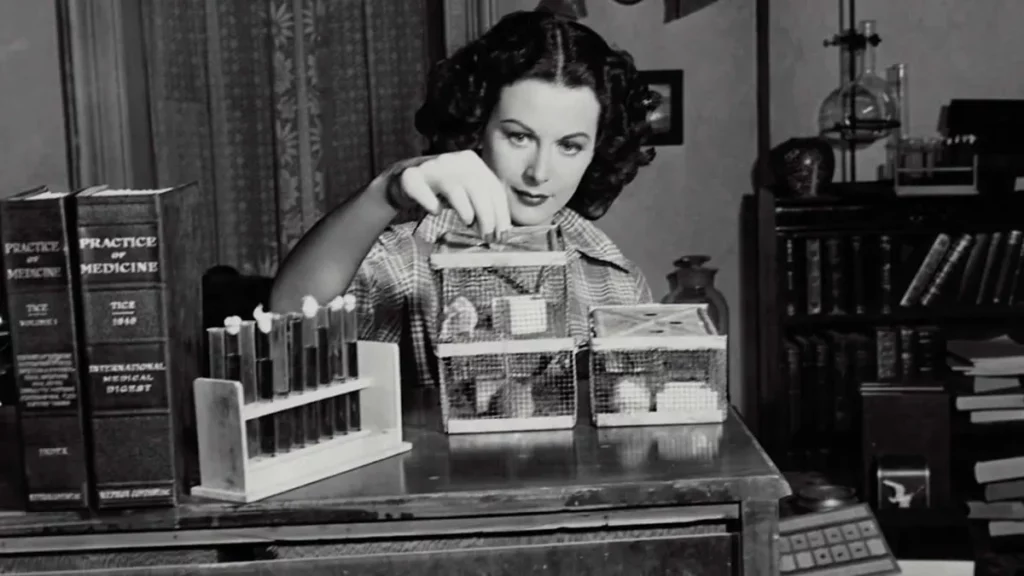
Hedy Lamarr
Hedy Lamarr was an Austrian-born actress and inventor. She is best known for her work as an actress in the 1930s and 1940s, but she also made important contributions to the field of telecommunications. Lamarr and composer George Antheil developed a frequency-hopping system that is the basis for modern wireless communication technology, including Wi-Fi and Bluetooth.
Chien-Shiung Wu
Chien-Shiung Wu was a Chinese-American physicist who made significant contributions to the field of nuclear physics. She was known as the “First Lady of Physics” and was a key member of the Manhattan Project, which developed the first nuclear weapons. Wu’s work on the conservation of parity, which she demonstrated experimentally, was a major contribution to the development of the theory of weak interaction, which plays a crucial role in our understanding of particle physics.


Mildred Dresselhaus
Mildred Dresselhaus was an American physicist and electrical engineer who made groundbreaking contributions to the field of condensed matter physics. She was known as the “Queen of Carbon Science” and her research on graphite and other materials laid the foundation for the development of nanotechnology. Dresselhaus received numerous awards and honors throughout her career, including the National Medal of Science in 1988 and the Presidential Medal of Freedom in 2014.
Shirley Jackson
Shirley Jackson was an American physicist and mathematician who made important contributions to the field of telecommunications. She was the first African American woman to earn a PhD in physics from MIT and went on to become the first female president of the Massachusetts Institute of Technology. Jackson’s research focused on the behavior of electrons in semiconductors and her work paved the way for the development of new technologies, including cell phones and solar cells.

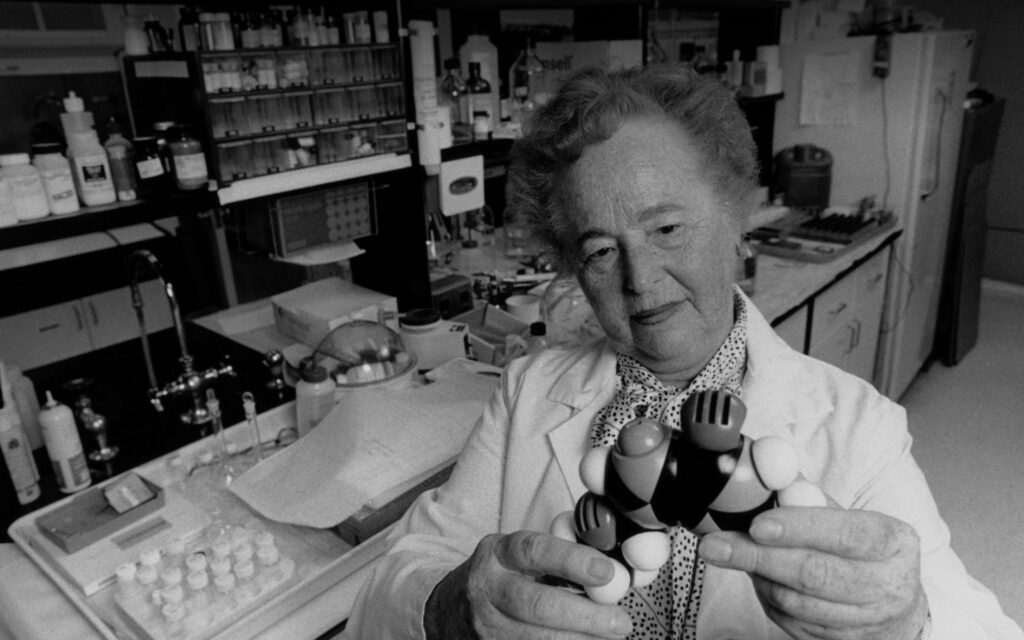
Gertrude Elion
Gertrude Elion was an American biochemist and pharmacologist who was awarded the Nobel Prize in Physiology or Medicine in 1988. Elion developed numerous new drugs and treatments, including the first treatment for leukemia, the first antiviral drug, and the first immunosuppressive drug for organ transplantation. Her work revolutionized the field of pharmaceuticals and has helped to save countless lives.
Ada Lovelace
Ada Lovelace was an English mathematician and writer who is widely considered to be the first computer programmer. She worked closely with Charles Babbage on his Analytical Engine, an early mechanical general-purpose computer, and wrote an algorithm for the machine that was intended to generate Bernoulli numbers. Lovelace’s work was revolutionary for her time and her ideas about the potential of computers to do more than just perform calculations laid the foundation for the development of modern computing.
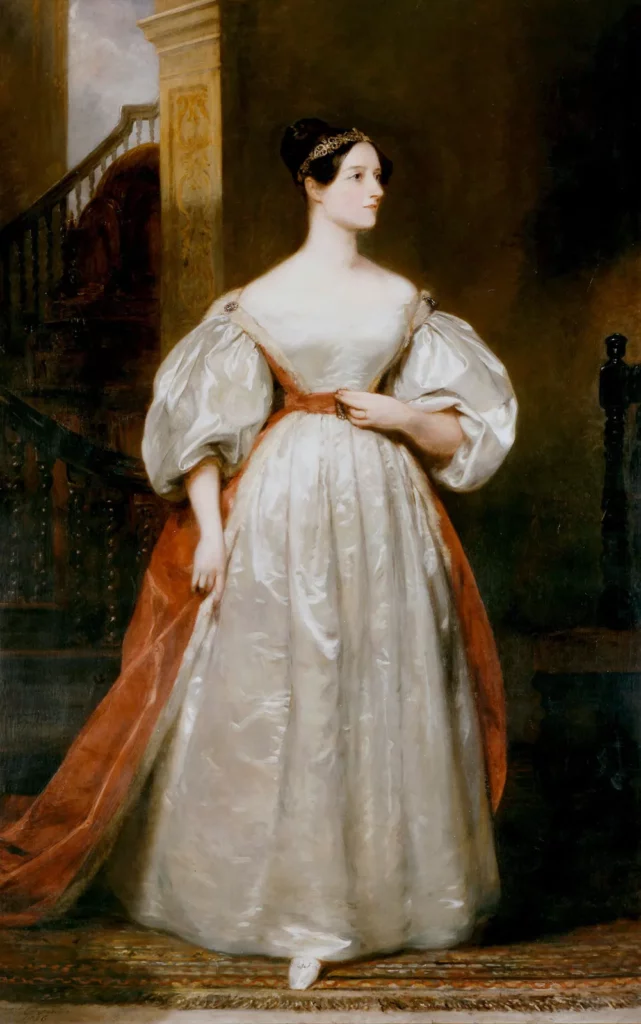
Rosalind Franklin
Rosalind Franklin was a British chemist and X-ray crystallographer who made critical contributions to the understanding of the structure of DNA. Her work, including the famous “Photo 51” image, was essential to the discovery of the double helix structure of DNA by Watson and Crick. Despite being largely overlooked at the time, Franklin’s work has since been recognized as a major contribution to the field of molecular biology.
These ten female inventors have made lasting contributions to the fields of science and technology and have inspired future generations of women to pursue careers in these fields. Their work has changed our lives in profound ways and will continue to shape the world for generations to come.
